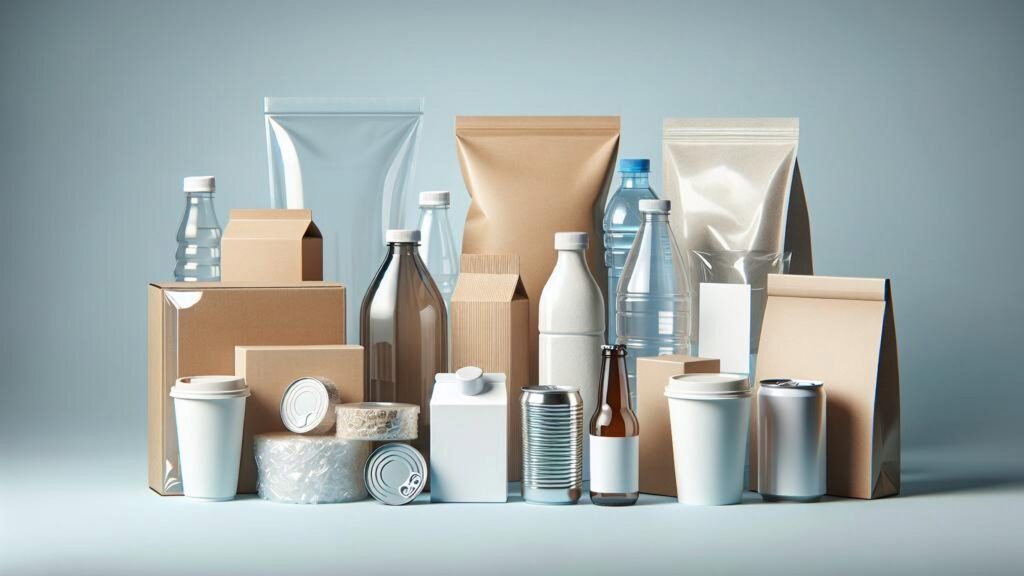As the global call for sustainability intensifies, the U.S. Sustainable Modified Atmosphere Packaging (MAP) trays market is undergoing a dynamic transformation. With growing regulatory pressure to reduce single-use plastics and an upsurge in consumer demand for compostable and recyclable packaging, this market is projected to witness robust growth, reaching hundreds of millions in value by 2034.
Read also: Food Packaging Gets Smarter Greener and More Powerful
Driven by innovations in material science and artificial intelligence, sustainable MAP trays are fast becoming the gold standard in food preservation packaging, offering environmental benefits without compromising on performance.
Why Sustainable MAP Trays Are Gaining Momentum in the U.S.
Modified Atmosphere Packaging (MAP) technology extends the shelf life of perishable food by altering the atmospheric composition within the packaging. Traditionally reliant on plastic, the market is now shifting towards eco-conscious alternatives such as paperboard, molded fiber, bioplastics like PLA, and bagasse.
These trays are not only designed to be recyclable or industrially compostable, but also deliver the oxygen and moisture barrier properties necessary for effective food preservation.
Key Market Drivers: A Shift in Priorities
- Eco-Conscious Consumerism: Shoppers increasingly demand packaging that reflects environmental responsibility.
- Regulatory Pressures: Federal and state regulations are pushing back against single-use plastic packaging.
- Fresh Food Boom: Growing consumption of ready-to-eat (RTE) meals, fresh produce, and minimally processed foods.
- E-Commerce & Online Food Delivery: A surge in meal kit services and online grocery orders fuels demand for durable and sustainable MAP trays.
Market Breakdown: Trends and Insights
| Segment | Leading Sub-Segment (2024) | Fastest Growing Sub-Segment (2024–2034) |
| Material Type | Plastic | Biodegradable / Compostable |
| Tray Structure / Rigidity | Rigid Trays | Semi-Rigid / Flexible Trays |
| Application | Food Packaging (Meat, RTE, Poultry) | Medical / Pharmaceutical Products |
| End-User Industry | Food & Beverage | Healthcare & Pharmaceutical |
Sustainability Trends Redefining MAP Trays
1. Plant-Based and Compostable Materials
Materials like PLA, cornstarch, seaweed, and mushroom mycelium are being used in innovative ways, paired with recyclable boards to maintain functionality while being compostable.
2. Smart Packaging Integration
Trays are increasingly equipped with QR codes, NFC tags, and sensors, allowing real-time monitoring of freshness, batch traceability, and disposal instructions.
3. Mono-Material Designs
Minimalist trays made from a single recyclable substrate streamline post-consumer recovery and enhance sustainability scores.
4. Circular Economy & Reusability
Brands are piloting returnable tray systems to cut down on packaging waste while enhancing product lifecycle management.
5. AI-Driven Innovation
From material optimization to predictive shelf-life modeling, AI tools are enabling faster innovation cycles and higher packaging efficiency.
AI: The Unsung Hero of Sustainable Packaging
Artificial intelligence is revolutionizing every stage of the sustainable MAP tray value chain:
- Design Optimization: AI reduces material usage while retaining barrier performance.
- Predictive Freshness Modeling: Ensures MAP configurations maximize food shelf life.
- Real-Time Quality Control: Smart systems detect defects or contamination before packaging.
- Supply Chain Transparency: Enables tracking of carbon footprint, recyclability, and origin through smart labeling systems.
- Recycling & Sorting Efficiency: AI sorting systems enhance material recovery rates in recycling facilities.
Challenges Ahead: Barriers to Growth
Despite the positive outlook, the U.S. sustainable MAP trays market faces critical restraints:
- Barrier Performance Gaps: Bioplastics and fiber-based trays still lag behind conventional plastics in moisture and gas resistance.
- Recycling Infrastructure: Many localities lack industrial composting and advanced recycling systems, hindering wide-scale adoption.
Opportunities for Growth in 2025 and Beyond
- Eco-Friendly Branding: Companies can capitalize on QR-code-enabled transparency and clean design to appeal to green-conscious buyers.
- Health-Conscious & Organic Food Markets: The surge in fresh-cut produce and plant-based diets provides fertile ground for growth.
- Retailers & Meal Kit Innovators: New collaborations are emerging between packaging firms and grocery delivery companies seeking sustainability-first solutions.
Top Companies to Watch
Several global and regional players are shaping the future of this market through R&D, M&A activity, and smart product innovation:
- Amcor
- Sealed Air
- Berry Global
- Smurfit Kappa
- Coveris
- Solidus Solutions
These leaders are investing in dual-ovenable, freezer-safe trays, and compostable multilayer formats to meet both regulatory and consumer expectations.
Final Thoughts
As the push toward a circular economy intensifies, the U.S. sustainable MAP trays market is no longer a niche it’s the future of food packaging. Companies that innovate in material science, smart packaging, and AI integration are poised to lead in a market that’s not just growing but transforming.
If your brand is in food, healthcare, or logistics, embracing sustainable MAP trays is no longer optional it’s strategic.
Source: https://www.towardspackaging.com/insights/us-sustainable-map-trays-market-sizing

